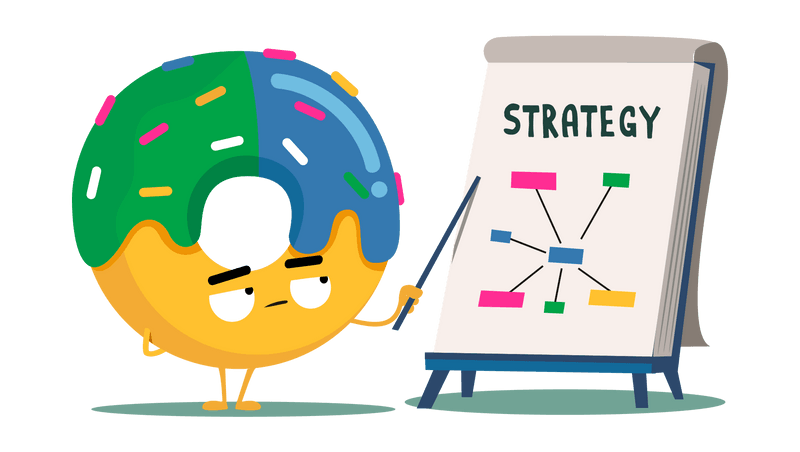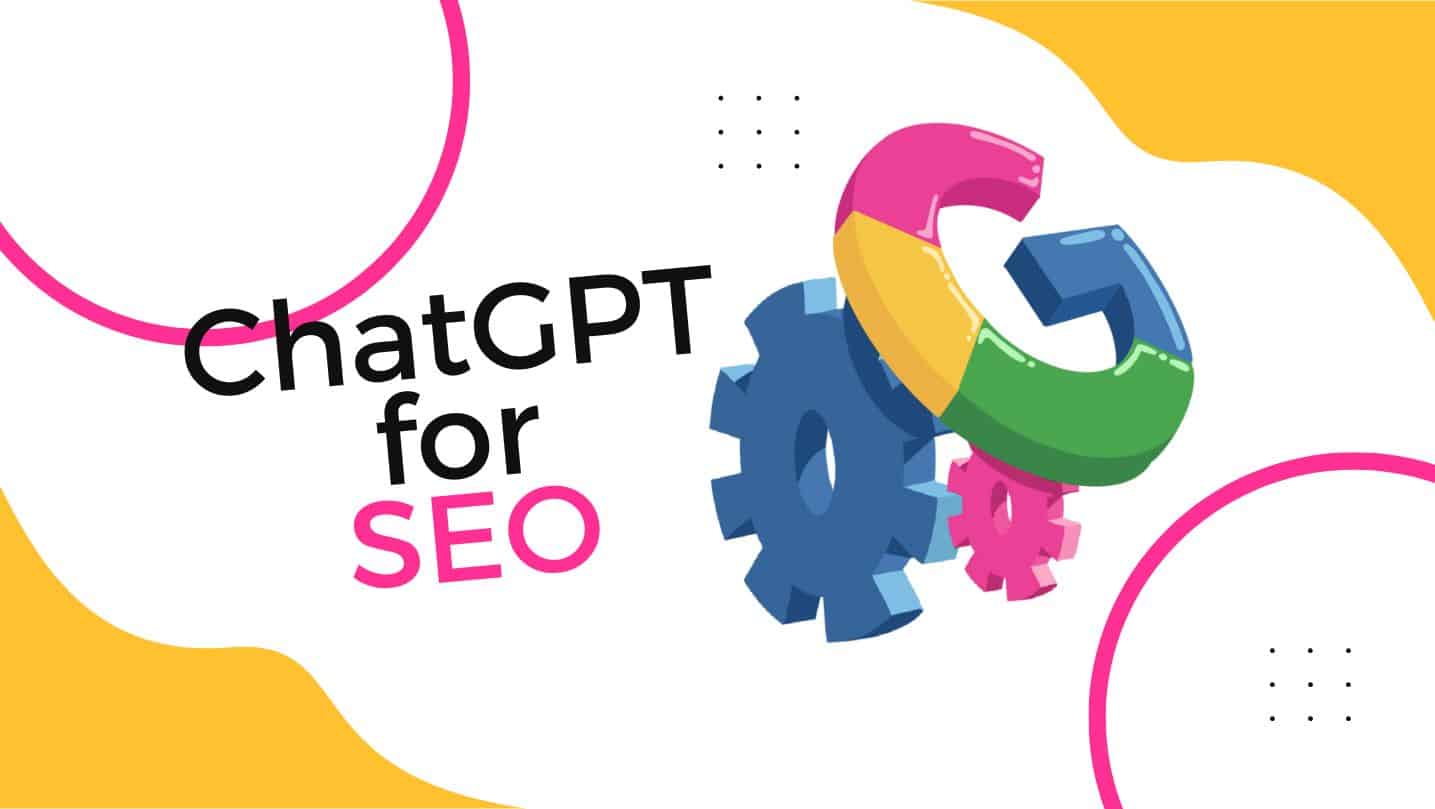You might have seen the news without paying much attention: indirect conversions are back in the spotlight in Google Ads. We already knew about them, sometimes forgot them, and now they’re reappearing in reports. Behind this small indicator lies a big question: what truly drives sales, when, and why?
Let’s get practical. A conversion almost never happens with a single heroic action. We’d like to believe in the magic click, the perfect keyword, the landing page that turns water into wine. In real life, a prospect watches a video, reads a page, leaves, comes back, compares, comes back again, talks to a colleague, clicks an ad, closes the tab, and later types your brand to finally fill out a form. Who drove the action? The last click, obviously, but not only that. Indirect conversions exist precisely to remind us that, in Google Ads, assists are as important as the goal.
The Context: why Discuss Indirect Conversions Again Today
The post-cookie era, campaign automation, and fragmented customer journeys have revolutionized how we evaluate Google Ads conversions. For a long time, the famous “last click” was considered an accounting given: victory was attributed to the last touchpoint. Practical, fast, actionable. But reductive. For the past two years, nuance has been returning in small touches: data-driven attribution, richer audience signals, path reports, CRM integrations, offline measurement. And with it, this salutary reminder: indirect conversions reveal often hidden value, especially for channels that don’t convert immediately: YouTube, Discovery, Display, generic keywords, well-guided Performance Max.
This is the logical consequence of a world where research is informed, consideration phases are longer, and digital resembles less a tunnel and more a hike punctuated by stops. From an SEO perspective, moreover, the intention behind “indirect conversions” is clear: understand, locate, interpret, then decide. Nothing more operational.
The Practical Definition
An indirect conversion is a final conversion—a purchase, registration, appointment booking, or demo request—to which a paid interaction contributed without being the immediately preceding interaction. In other words: your ad helped convert, but the final step was made through another channel or click. This is not insignificant: in longer purchase cycles, it’s even the norm.
Imagine this: On Monday, someone clicks your ad ‘HR software for SMEs’. They read two pages, then leave. On Thursday, they return via SEO to an article ‘how to automate onboarding’. They download a white paper, are nurtured, return via direct access, and book an appointment. Ultimately, Google Ads knows it participated in the decision. The conversion isn’t attributed to it ‘directly,’ but it gets this small assist badge: indirect conversion. And this badge carries significant weight when it comes to allocating budgets.
Need help with your Google Ads campaigns? Discover our offer and get a free audit!
Why this Indicator Changes the Budget Committee Discussion
Direct conversions are reassuring. They tick the box: spend → conversion → success. Indirect conversions change the conversation: they highlight campaigns that set up victories. If your branded Search shows impressive figures, it’s often because another channel created the demand. If you too quickly cut generic campaigns because they ‘don’t convert,’ you dry up the source. As executives and C-level, you’re not interested in pretty charts, but in profitable growth. However, profitability isn’t solely determined by the last pass.
This is where data-driven attribution becomes the best ally for indirect conversions. This model distributes credit based on the probability of having assisted. It’s imperfect, of course (all models are), but it tells a story closer to the reality of customer journeys: a story of orchestration, not an isolated sprint.
Interpreting the Indicator Intelligently
One could wave the banner of indirect conversions as a license to spend. Absolutely not. A high volume of assists doesn’t mean everything is fine; it means a part of your mix influences the decision. The useful question isn’t ‘how many assists?’, but ‘which assists truly move a prospect towards a decision, at the best opportunity cost?’
To understand this, we stop navigating by a single column. We look at the roles: video formats that establish a universe, generic keywords that frame the problem, solution queries that refine the need, remarketing that reassures, the brand that closes the deal. We allow time: seven to thirty days in simple retail, sixty to ninety in B2B. We make sure to correlate marketing trends with real business: MQL, SQL, pipeline, revenue, margin. And we keep an eye on creative consistency: the best Google Ads conversion remains the one that keeps its promise from ad to page, from page to sales call.
What Indirect Conversions Teach You about your Funnel
They won’t tell you ‘do more YouTube’ or ‘cut this campaign’. They whisper something more subtle: where your story resonates, where it loses traction, where it convinces belatedly. If a prospect watches your video, returns via a generic query, then finds you again with a solution query, you’ve woven a thread. This thread is worth gold. Indirect conversions are the imperfect, but concrete, way to measure its tension.
In practice, three recurring cases are observed:
- The misunderstood top of the funnel: YouTube shows few direct conversions and is accused of being sluggish. However, indirect conversions explode among exposed audiences, and brand search gains volume. Conclusion: video feeds demand, that’s its job.
- The ‘unprofitable’ generic: in last-click, it costs. When reading assists, it appears in the majority of winning paths. Conclusion: adjust bids, refine segments, improve ad copy, and don’t cut.
- The omnipresent remarketing: it takes all the credit and makes you believe it’s responsible for everything. By looking at assists, we understand that it’s the ultimate push: useful, but dependent on the quality of what came before. Conclusion: balance, instead of over-emphasizing.
B2b: the Realm of Indirect Conversions
If you sell software, an HR service, a data tool, an industrial solution, your purchase cycle looks like this: committees, comparisons, ROI, security, legal. Indirect conversions then become a compass: they show that your campaigns haven’t ‘failed,’ they’ve established, educated, reassured. A white paper read 15 days prior, a 30-second video 22 days prior, a client case study 5 days prior: add up the evidence, and you get the decision.
Connected to your CRM (HubSpot, Salesforce, Pipedrive…), they gain power. When a Google Ads assist correlates with created opportunities, pipeline progression, or a shorter sales cycle, you have solid arguments for the committee.
How to Translate the Indicator into Budget Decisions without Getting Lost in Spreadsheets
The temptation is to multiply dashboards. Let’s resist that; let’s favor a simple and therefore robust governance principle.
- Give each campaign a clear role. State it clearly: ‘inspire,’ ‘guide,’ ‘convert.’ This moral contract prevents you from judging YouTube like a branded keyword or demanding that a generic campaign closes the deal on the first handshake.
- Monitor Presence in Winning Paths. No need for an in-house algorithm: if a certain campaign frequently appears in your successful paths, it deserves a place; if it’s conspicuously absent, question it.
- Reallocate in Stages. +10 to +20% on channels that help a lot, –10 to –15% on those that help little at a high cost. Allow the system time to learn, especially with automated Google Ads.
- Tell the Same Story Everywhere. Creative consistency is a disguised attribution variable: a clear promise in the ad, extended by a useful landing page, then by a sales follow-up that doesn’t unravel previous efforts. We underestimate how much narrative stabilizes performance.
The Limitations of Indirect Conversions
Yes, Google Ads remains judge and jury of its own measurement, like any platform. Yes, indirect conversions are only valid within the framework of a model: change the window, granularity, CRM data, and the story varies marginally.
The intelligence here lies in triangulation: platforms, GA4, CRM. When the trends tell compatible stories, you have a robust fact. When they contradict each other, you have work to do: tags, deduplication, nomenclature, attribution windows. This work, from experience, always pays off.
Need help allocating your marketing budget? Try our free simulator.
Explaining this to Finance
The sports metaphor works very well: the Google Ads conversion ‘scores’ with the final action, while initiating campaigns ‘build’ the action. If you only fund the goal scorers, you’ll lack playable balls. If you only fund the midfielders, you won’t score. And if you change the lineup every week, you’ll never win two games in a row.
What You Can Do Right Now, without Internal Revolution
Before launching three major structural projects, keep it simple: open your campaign tables, display the indirect conversions columns, observe what surprises you. Open the attribution path reports: what duos and trios reappear when conversions happen? Go to GA4, look at the ‘time lag’: how many days pass between the first interaction and conversion? Then, revisit your pages: ad → landing → social proof → call to action.
Want a low-risk test? Add a short video campaign: clear, problem → solution oriented, that reiterates the exact promise of your pages, then track its influence on brand search and the account’s indirect conversions. Two months later, come compare.
FAQ
Do Indirect Conversions Artificially Inflate My Results?
No. They don’t increase the number of conversions; they distribute the credit. If you connect your CRM and properly deduplicate events, you get a clean view: a conversion remains unique, the assist tells its story on the side.
Should Data-Driven Attribution be Activated to Fully Benefit from it?
It is highly recommended. DDA provides a more accurate context for the role of awareness and consideration channels. Allow it to run for at least 4 to 8 weeks before drawing conclusions, especially if your volumes are modest.
How to Prove the Value of a Campaign that ‘Only Brings’ Assists?
By connecting three elements: recurrent presence in winning paths, a decrease in cost per assist as optimization occurs, and correlation with CRM metrics (opportunities created, revenue). If all three move in the same direction, the value is tangible.
Is it Relevant for Performance Max?
Yes, because PMax is a chameleon: sometimes a finisher, often a co-pilot. Indirect conversions help understand where PMax truly fits into your paths, and thus how to feed it (audience signals, feeds, creatives) instead of treating it as a black box.
Which Attribution Window to Choose?
Align it with the actual decision time. In simple retail: 7 to 30 days. In B2B or complex services: 60 to 90 days. Too short, you undervalue the upstream; too long, you blur responsibilities.







